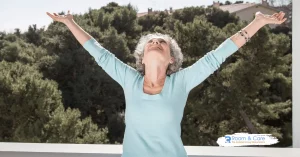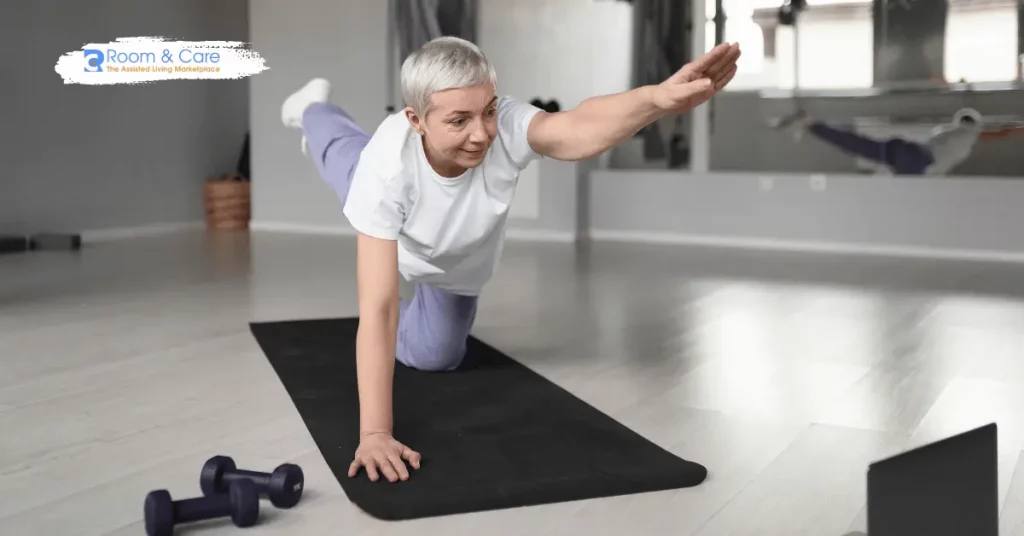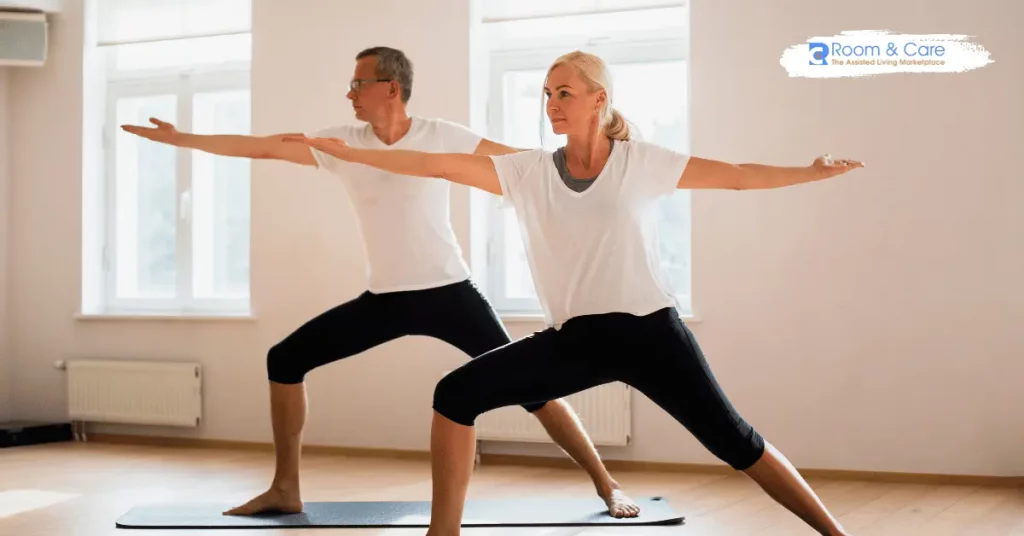

Maintaining an active lifestyle is crucial at any age, but it becomes especially important for seniors. As we age, our bodies undergo changes that can affect strength, flexibility, and balance. This is where gentle workouts for seniors come in. Designed to be low-impact and easy on the joints, these exercises help improve mobility, strength, and overall well-being. For those residing in senior living communities like adult family homes, assisted living facilities, or nursing homes, incorporating a gentle workout routine can significantly enhance the quality of life.
In this article, we’ll explore the best gentle workouts for seniors, considerations for choosing the right exercises, practical tips for staying active, and answers to common concerns. Whether you or a loved one is looking to start a new fitness journey, this guide is designed to help you make informed decisions that suit your needs.
Gentle workouts are specifically designed to accommodate the needs of seniors, providing a safe and effective way to stay physically active. Regular exercise offers numerous health benefits, such as maintaining a healthy weight, lowering the risk of chronic conditions (like heart disease and diabetes), and improving balance and coordination.
For seniors, particularly those in assisted living or nursing homes, staying active can also mean maintaining independence longer. By improving muscle strength and joint flexibility, seniors can perform daily tasks more easily, reducing their reliance on others.
Exercise isn’t just about physical health; it’s also crucial for mental and emotional well-being. Studies show that regular physical activity can help alleviate symptoms of depression and anxiety, improve mood, and boost cognitive function. For seniors who may experience feelings of isolation or loneliness, especially in community settings, participating in group exercise classes or activities can foster social interaction and enhance overall quality of life.
Choosing the right exercises is key to developing a sustainable fitness routine. Here are some of the most effective types of gentle workouts that seniors can easily integrate into their daily lives:
Stretching exercises are a fundamental part of any senior fitness routine. They help enhance flexibility, reduce muscle stiffness, and improve the range of motion, which is crucial for everyday activities.
Strength training is vital for preventing muscle loss and improving bone density, both of which naturally decline with age. Incorporating light weights, resistance bands, or even bodyweight exercises can help seniors build and maintain strength.
Falls are a significant concern for seniors, particularly those living in assisted living facilities or nursing homes. Balance exercises help enhance stability and coordination, reducing the risk of falls.
Cardiovascular exercises increase heart rate and improve circulation, contributing to better cardiovascular health. These exercises can also help manage weight and boost energy levels.
Mind-body exercises, such as yoga and Pilates, provide a holistic approach to fitness. They focus on breathing, stretching, and low-impact movements that are gentle on the body while promoting relaxation.

Before starting any exercise program, it’s important to consult with a healthcare professional to understand any health conditions or physical limitations. For example, seniors with osteoporosis may need to avoid certain high-impact activities, while those with arthritis may benefit from low-impact exercises like swimming.
Every senior is unique, and exercise routines should reflect individual capabilities and preferences. For example, those who enjoy social interaction might find group classes like tai chi or dance more engaging, while others may prefer solitary activities like walking or stretching.
Safety should always be a priority. Ensure that the exercise environment is free of hazards, such as slippery floors or clutter. Using supportive shoes, avoiding overexertion, and staying hydrated are all essential aspects of a safe workout routine.
For seniors who are new to exercise or returning after a long hiatus, starting with short sessions of 5-10 minutes is recommended. Gradually increase the duration and intensity as fitness levels improve to avoid injury and build confidence.
Many adult family homes, assisted living facilities, and nursing homes offer exercise programs tailored for seniors. Take advantage of these resources, whether it’s a group yoga class, a walking club, or access to a fitness room. Engaging in community activities can enhance motivation and provide social interaction.
Consistency is key to reaping the benefits of a gentle workout routine. Set a regular time for exercise each day, whether in the morning, afternoon, or evening. Establishing a routine helps make exercise a habit, increasing the likelihood of long-term adherence.
Physical activity doesn’t always have to be structured or formal. Simple changes, like taking the stairs instead of the elevator, gardening, or even standing while talking on the phone, can increase overall activity levels throughout the day.
Exercising with a friend, family member, or fellow resident can make the experience more enjoyable and provide added motivation. It also promotes social interaction, which is vital for emotional well-being.
Setting achievable goals, such as increasing the duration of a walk or adding a new exercise to a routine, can help maintain motivation and track progress. Celebrating small victories can boost confidence and encourage continued effort.
There are many apps and online platforms designed specifically for seniors, offering guided workout videos, reminders, and tracking tools. Many senior living communities also offer virtual exercise classes that residents can participate in from the comfort of their rooms.

Yes, in most cases, gentle exercises can be safely performed even with chronic conditions. However, it’s essential to consult a healthcare provider to ensure that the chosen activities are appropriate. Modifications may be necessary to accommodate specific health needs.
Finding enjoyable activities, setting small, achievable goals, and exercising with friends or in groups can help maintain motivation. Some seniors find it helpful to keep an exercise journal or use a fitness app to track their progress and celebrate milestones.
Mild discomfort or muscle soreness is normal when starting a new exercise routine, but sharp pain is not. If pain occurs, stop the activity immediately and consult a healthcare provider. It’s important to listen to your body and avoid pushing through pain.
The American Heart Association recommends at least 150 minutes of moderate-intensity aerobic activity per week, combined with muscle-strengthening activities twice a week. However, the most crucial factor is consistency, so even smaller amounts of exercise performed regularly can provide significant benefits.
Absolutely. Gentle workouts focusing on balance and strength can significantly improve mobility and reduce the risk of falls. Exercises like tai chi, chair yoga, and balance drills are especially beneficial.
Gentle workouts for seniors are more than just exercises; they are a pathway to enhanced health, independence, and overall well-being. By incorporating activities like stretching, strength training, balance exercises, and aerobic workouts, seniors can enjoy the many benefits of an active lifestyle. Whether you live at home or in a senior community like an adult family home, assisted living facility, or nursing home, there are countless ways to stay active and improve your quality of life.
At Room and Care, we understand the importance of maintaining health and wellness in senior living. Our platform helps families find the best-assisted living facilities, adult family homes, memory care facilities, nursing homes, and independent living communities tailored to their needs. With no referral fees or middlemen, we connect you directly to the best care options.
Begin your fitness journey today, and enjoy a happier, healthier tomorrow.